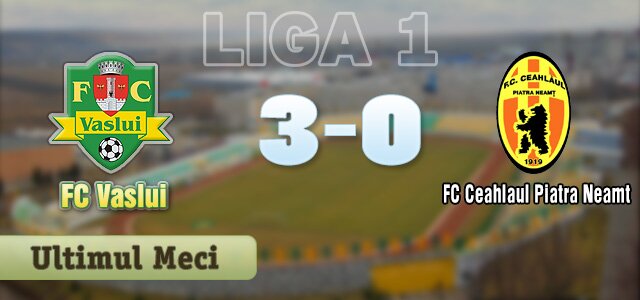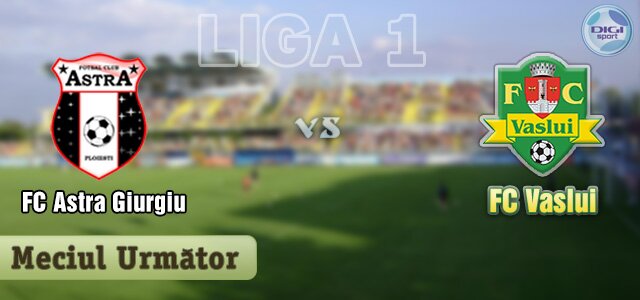How To Choose Soccer Cleats: Surface, Fit, Position
Choosing the right soccer cleats can make a big difference in your game. You need to consider the surface you'll be playing on, ensure a proper fit, and think about your position on the field. Each of these factors affects your performance and comfort. But how do you determine the best cleats for your specific needs? Let's explore what you should know before making that crucial decision.
Understanding Playing Surfaces: FG, AG, SG
When selecting cleats for sporting activities, it's important to consider the type of playing surface. Firm Ground (FG) cleats are designed for use on natural grass fields, featuring longer studs that provide stability in dry to slightly damp conditions. These cleats are effective in maintaining traction and balance on these surfaces.
For synthetic turf, Artificial Grass (AG) cleats are recommended. These cleats have shorter, numerous studs that help protect the turf while offering adequate grip. The design of AG cleats minimizes potential damage to the synthetic surface and supports player movement.
In scenarios involving wet or muddy fields, Soft Ground (SG) cleats are more suitable. SG cleats come equipped with removable metal studs that enhance traction in extremely slippery conditions. This feature allows for adjustment based on the severity of the playing surface, promoting better performance and safety.
Choosing the appropriate cleat type is crucial as it not only impacts athletic performance but also plays a significant role in reducing the risk of injuries. Understanding the specific needs of the playing surface can inform a more effective selection of footwear.
The Importance of Proper Fit
A proper fit is essential for soccer cleats, as it significantly influences both comfort and performance on the field. It's recommended that cleats fit snugly, allowing for approximately a thumb's width of space between the big toe and the front of the shoe to ensure adequate length.
A secure heel fit reduces movement within the shoe, which minimizes the risk of developing blisters and contributes to improved stability during running and directional changes.
Furthermore, it's important to recognize that different foot shapes necessitate different cleat widths; therefore, individuals should take care to select a cleat that corresponds to their specific foot type.
When it comes to breaking in new leather cleats, it's advisable to allow time for the material to mold to the contours of one's foot. This process is crucial for achieving optimal comfort during use.
Selecting Cleats Based on Playing Position
Selecting the appropriate soccer cleats according to your playing position can have a measurable impact on your performance during matches. Each playing position has distinct requirements that should be considered when choosing cleats.
For strikers, it's essential to choose cleats that promote traction to facilitate quick movements and explosive acceleration. Cleats designed for forwards typically feature specially designed studs that enhance grip on the field, enabling swift directional changes.
Defenders, on the other hand, benefit from cleats that prioritize stability and protection. Models that offer enhanced support can help maintain firm footing during tackles and aerial challenges, thereby reducing the risk of injury.
Midfielders require a cleat design that balances both traction and comfort. This combination is crucial for facilitating smooth transitions between offensive and defensive play as well as ensuring effective ball control during gameplay.
Goalkeepers should focus on cleats that enhance agility and provide excellent grip, as well as support for lateral movements. A good fit in this area is vital, as goalkeepers often need to dive and change direction quickly.
Choosing the Right Cleat Material
Choosing the appropriate material for soccer cleats can have a notable effect on both performance and comfort during play.
Leather is known for its durability, excellent touch, and control, but it may come with additional weight and often requires a break-in period to adapt to the foot. On the other hand, synthetic materials are typically lighter and may be waterproof, offering immediate comfort and a snug fit, though they mightn't have the same longevity as leather options.
For players in warmer climates, mesh cleats provide breathability and reduced weight, which can enhance comfort. However, this design may come at the cost of support and durability.
When selecting cleats, it's essential to consider the specific playing surfaces and personal requirements to achieve an optimal balance of comfort and control, ultimately contributing to better on-field performance.
Signs of a Good Cleat Fit
Choosing the appropriate material for soccer cleats is an important preliminary step, but achieving the correct fit is crucial for optimal performance. A proper fit typically involves a thumb's width of space between the big toe and the front of the cleat. This distance allows for natural movement of the toes while preventing unnecessary pressure that can cause discomfort.
The heel area should provide a secure fit, minimizing movement to reduce the risk of slippage and blisters during play. The midfoot section of the cleat should fit snugly without causing pressure points, as this can also lead to discomfort.
Additionally, it's important for the cleats to support the wearer's arch type to enhance comfort and minimize the risk of injuries.
Regular monitoring for any signs of discomfort or instability is advised; such issues can signify a fit that's inadequate. An appropriate fit not only contributes to comfort but also supports overall performance on the field.
Types of Soccer Cleats & Their Uses
There are several types of soccer cleats, each tailored for specific playing surfaces and conditions.
Firm ground (FG) cleats are designed with longer studs, making them suitable for natural grass fields, particularly in dry to damp conditions where optimal traction is required.
In contrast, artificial grass (AG) cleats feature shorter and more numerous studs, which are intended for synthetic surfaces. This design helps to protect both the playing surface and the player's feet.
For environments characterized by wet or muddy conditions, soft ground (SG) cleats are appropriate as they've removable studs that can be adjusted based on the field conditions, enhancing performance in adverse weather.
Multi ground (MG) cleats offer versatility, as they can be used effectively on both grass and turf surfaces, catering to players who frequently transition between different playing environments.
Budget Considerations for Soccer Cleats
When selecting soccer cleats, it's essential to take budget considerations into account alongside an understanding of the various types of cleats available.
It's important to focus on choosing options that align with both your playing style and the type of playing surface.
Higher-quality cleats are often more durable and may offer better long-term value, typically lasting a season or more under regular use. Players who participate frequently or engage in high-intensity matches may find it necessary to invest in higher-quality footwear to ensure performance and comfort.
However, it's important to recognize that solid performance may also be achievable with more affordable models that meet specific needs.
In assessing options, consider factors such as the material, construction, and brand, as these can affect both cost and performance.
While it can be tempting to opt for the most expensive cleats, it's crucial to avoid overspending as there are many options available that provide the necessary support and functionality without exceeding budget limitations.
Therefore, carefully evaluating your playing needs and exploring a range of price points can lead to an effective selection.
Maintenance and Care for Longevity
To maximize the lifespan of soccer cleats, it's important to follow a regular maintenance routine.
Cleaning the cleats after each match is essential; this involves removing dirt and rinsing them, followed by allowing them to air dry. Such practices help to prevent material degradation.
Moreover, storing cleats in a cool, dry environment is crucial to prevent warping, as excessive heat and moisture can negatively impact durability.
Regular inspections for wear and tear, such as delamination or worn studs, should be conducted and any issues addressed promptly to maintain functionality.
Applying a protective spray or treatment that's compatible with the cleat's material can enhance durability and increase water resistance, thereby prolonging their use.
Additionally, rotating your cleats with a second pair can be beneficial for maintaining their performance and extending their overall lifespan.
Tips for Trying On Soccer Cleats
Proper maintenance is essential for prolonging the life of soccer cleats, but acquiring the correct fit is equally crucial for optimal performance on the field. When trying on cleats, it's advisable to wear the same type of socks that will be used during games, as this provides a more accurate fit assessment.
A recommended guideline is to ensure there's approximately a thumb's width of space between your longest toe and the front of the cleat; this allows for adequate movement and comfort. The heel should fit snugly with minimal movement to help prevent blisters, which can occur from excessive friction.
It is also important to lace the cleats fully and engage in walking or jogging to assess for any pinching or discomfort.
The fit should conform closely to the width of the foot without causing pressure or pain in the midfoot or forefoot regions. Following these guidelines can aid in selecting cleats that enhance performance and comfort on the soccer field.
Conclusion
Choosing the right soccer cleats is crucial for your performance on the field. By understanding the different playing surfaces, ensuring a proper fit, and selecting cleats based on your position, you’ll set yourself up for success. Remember to consider the materials and maintain your cleats for longevity. When trying them on, focus on comfort and feel. With the right pair, you’ll enhance your game and enjoy every moment on the pitch. Happy playing!







.jpeg)
.jpeg)
.jpeg)
.jpeg)
 Fii suporter adevarat. Personalizeaza-ti monitorul in stilul FC Vaslui.
Fii suporter adevarat. Personalizeaza-ti monitorul in stilul FC Vaslui.
